Plant goths and Halloween lovers unite! If you are in the market for black or spooky succulents, this is a list of visually interesting succulents that will match your Plant Goth Aesthetic.
Succulents for Plant Goths:
- Aeonium Arboreum ‘Zwartkop’
- Echeveria Black Prince
- Kalanchoe Humilis – Desert Surprise
- Echeveria Nodulosa
- Echeveria Agavoides ‘Maria’
- Sinocrassula Yunnanensis
Aeonium Arboreum ‘Zwartkop’

Aeonium Arboreum ‘Zwartkop’ is as black as your heart. The leaves are actually an ominous purple, but they look black. This succulent grows in 3 to 4 foot clumps on brown, woody stems. In the summer it produces yellow star-shaped flowers, the stems that grow the flowers will die off.
Aeonium Arboreum ‘Zwartkop’ needs plenty of bright light, you can grow indoors but you may need to place near bright light and supplement with a grow light. Can be placed outdoors during the summer. Plant in well-draining soil and water deeply when the soil is dry. Will not withstand frost. Hardiness: 9b – 11b.
Echeveria Black Prince
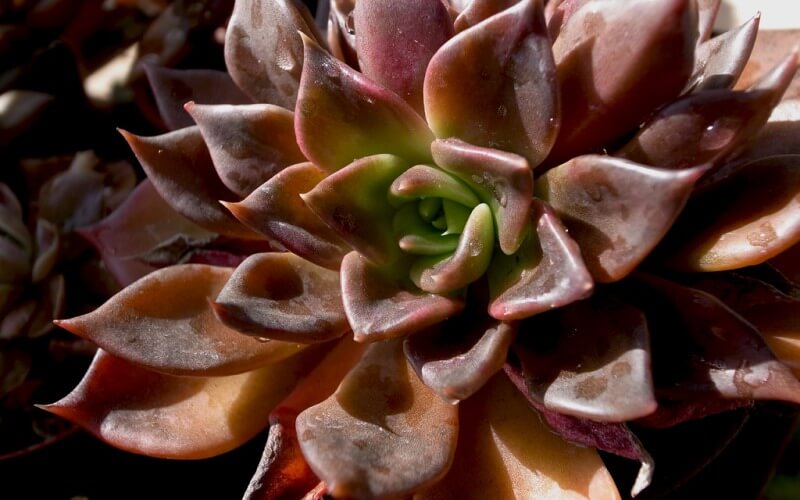
Echeveria ‘Black Prince’ is dark lavender brown succulent that produces rosettes that can grow up to 3 inches in diameter. The center tends to stay a bright green color. Echeveria ‘Black Prince’ is a slow growing succulent. The leaves become nearly black in full sun. Plant in well-draining soil and water only when soil is dry. Hardiness: 9a – 11b.
Kalanchoe Humilis – Desert Surprise
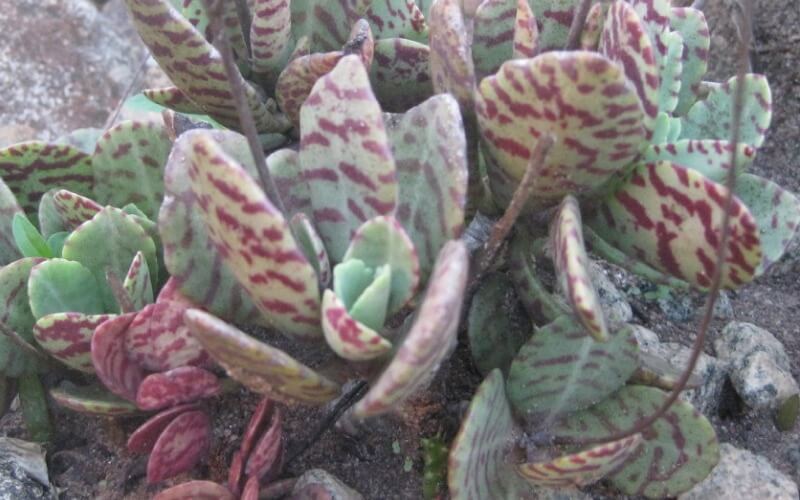
Kalanchoe Humilis – Desert Surprise has paddle-shaped blue-green leaves with purple stripes. Desert Surprise can grow up to 8 inches long. The leaves can grow to be 2″ x 5″. It produces purple to green flowers in the summer.
Plant in well-draining soil, water when the soil is dry. Kalanchoes are poisonous if ingested, so keep that in mind when you are choosing a place to plant. Hardiness: Zone 8a – 10b.
Echeveria Nodulosa
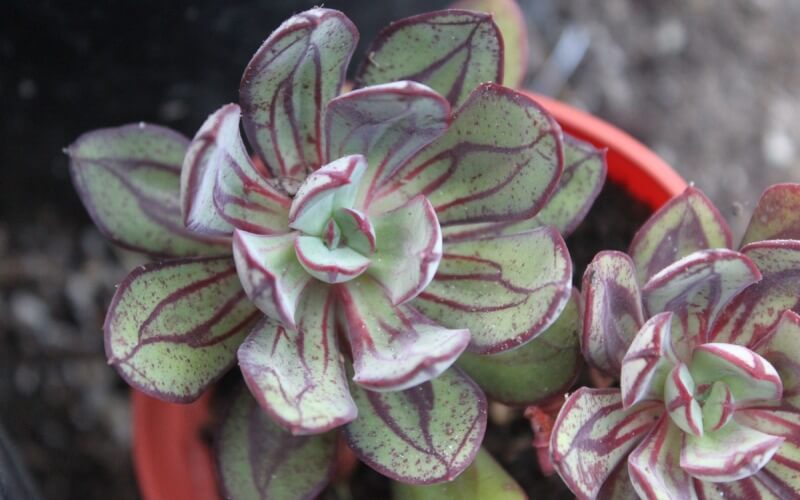
Echeveria Nodulosa aka Painted Beauty is a succulent that grows green and red striped rosettes. The red color goes around the edges and appears painted in the middle of the leaves. The rosettes can grow to 5″ in width. It forms clumps and can grow to be 1 to 2 feet in height.
Echeveria Nodulosa produces coral pink and yellow flowers in the summer. Plant in sandy soil and where it receives sun to light shade. Hardiness: Zone 9b – 11b. Painted Echeveria is a perfect succulent to use in a container garden.
Echeveria Agavoides ‘Maria’
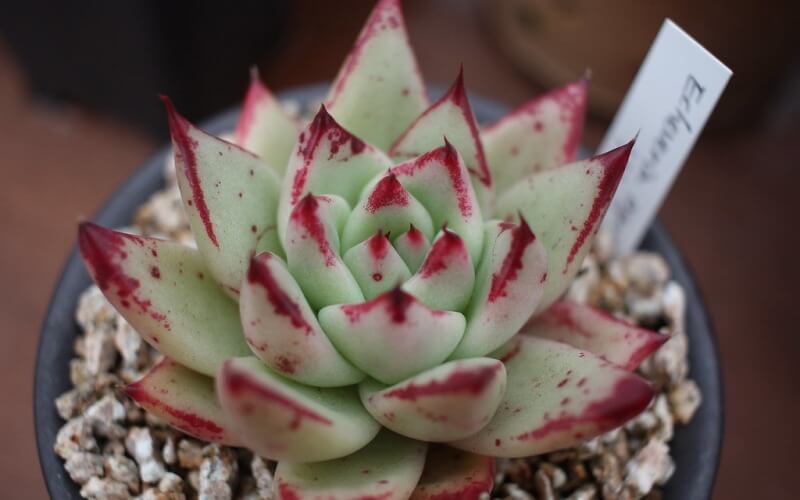
Echeveria Agavoides ‘Maria’ almost looks like it is blood tinged. This bright green and red succulent produces tight rosettes composed of triangular leaves. The rosettes can grow to be 14″. It produces lantern shaped flowers with yellow tips in the late spring and early summer. Hardiness: Zone 9b – 11b.
Sinocrassula Yunnanensis
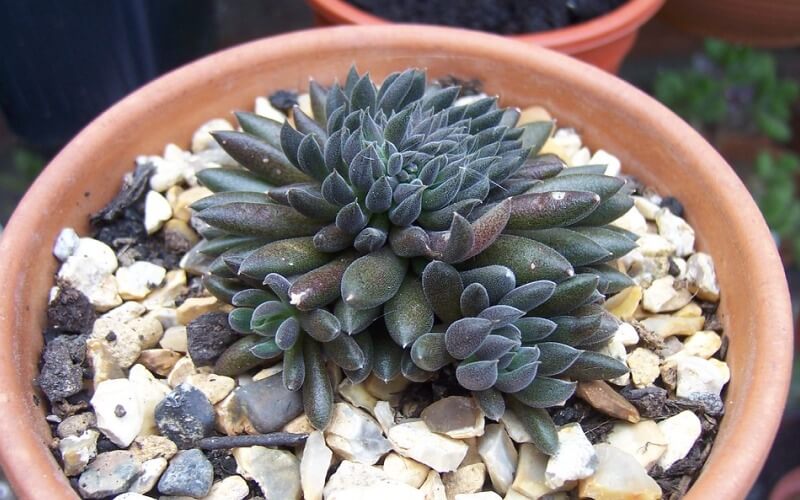
Sinocrassula yunnanensis is also known as Chinese jade. It forms rosettes with sharp tips, the rosettes grow upright and grow to 1.5″ in diameter and can grow to be 4″ in height. The leaves are a dark blue to reddish brown color and covered in white glandular hairs. It produces yellow-green flowers with red tips and are 1mm in width and blooms in the Autumn/Early Winter.
Sinocrassula yunnanensis naturally grows in between rock cracks that naturally has good draining and are naturally drought tolerant. Plant in well-draining soil and water only when soil is thoroughly dry. It requires proper sunlight to maintain its rich color and prefers partial shade during hot summers. Sinocrassula yunnanensis are toxic to pets, seek immediate help if ingested. Hardiness: Zone 7b – 11b.
Similar Topics in: Succulent Trends, Aeonium, Crassulaceae, Echeveria, Kalanchoe, Sedoideae, Sinocrassula
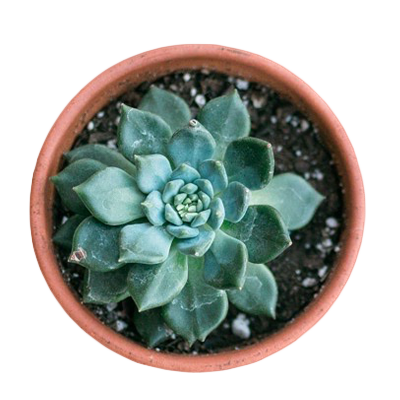
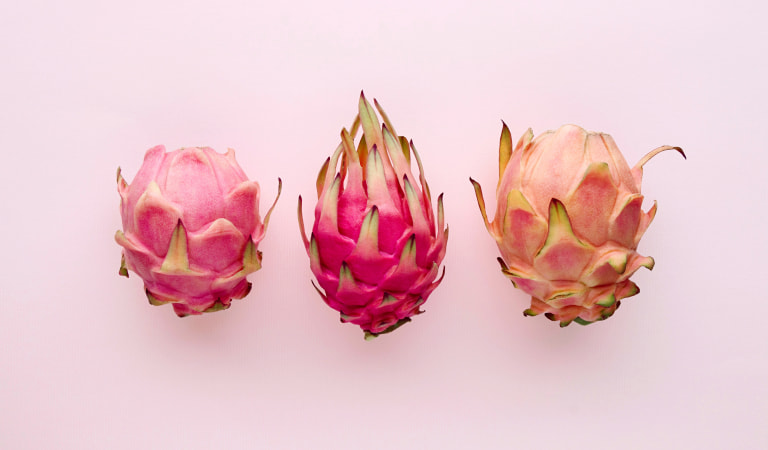
Leave a Reply